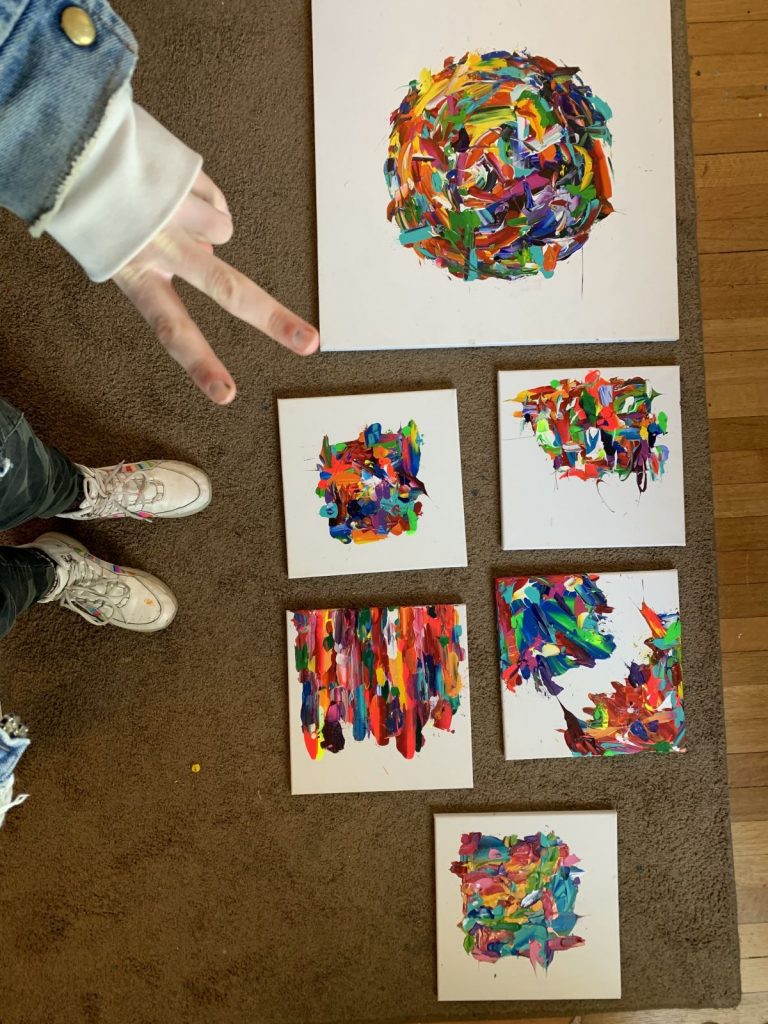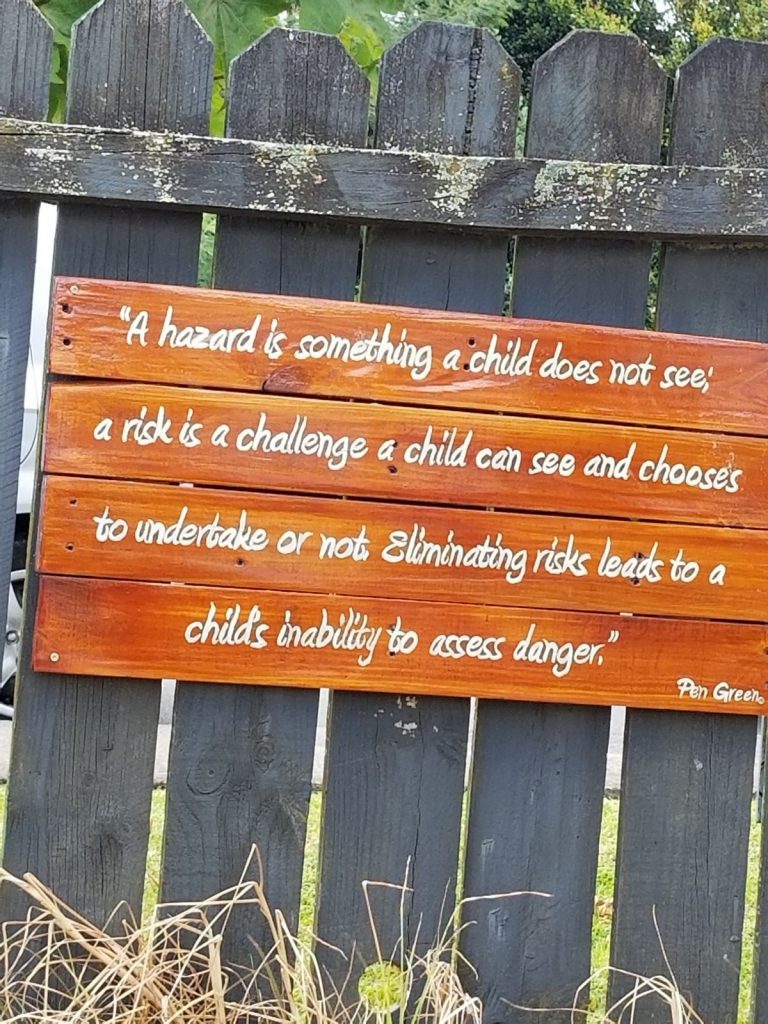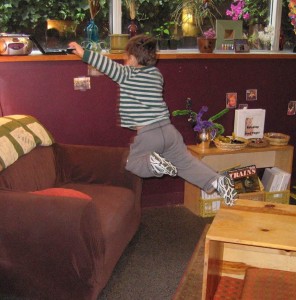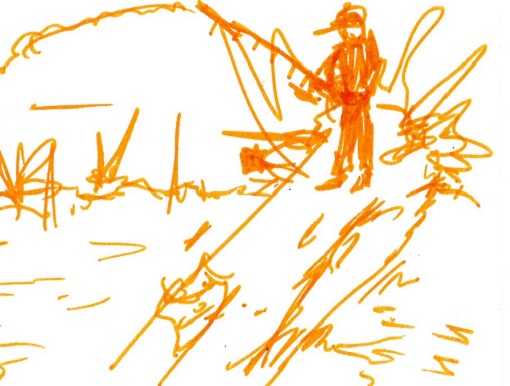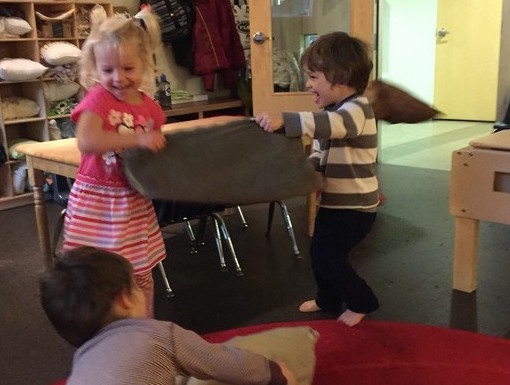[et_pb_section fb_built=”1″ _builder_version=”3.22″][et_pb_row _builder_version=”3.25″ background_size=”initial” background_position=”top_left” background_repeat=”repeat”][et_pb_column type=”4_4″ _builder_version=”3.25″ custom_padding=”|||” custom_padding__hover=”|||”][et_pb_text _builder_version=”4.4.2″] The suggestions below were written for families in one of Hilltop’s classrooms for two- and three-year-olds. We hope this may be useful to family members and parents who unexpectedly find themselves spending lots more time at home with young children. As many of us are suddenly growing our […]
